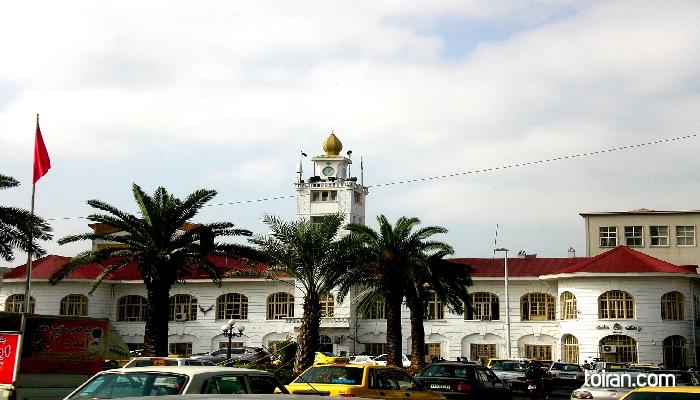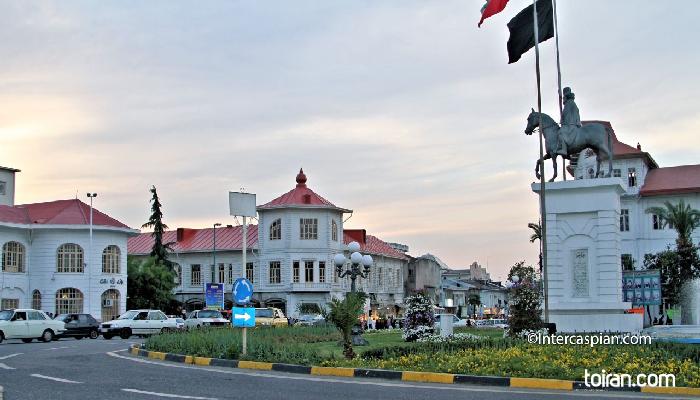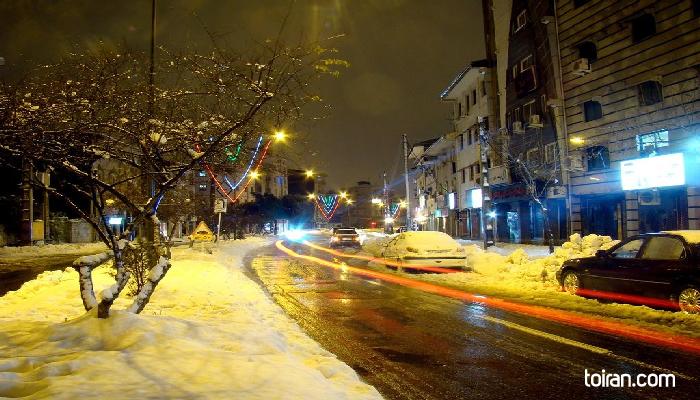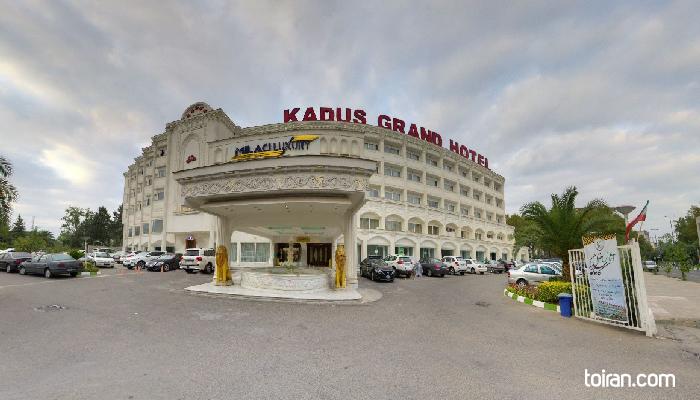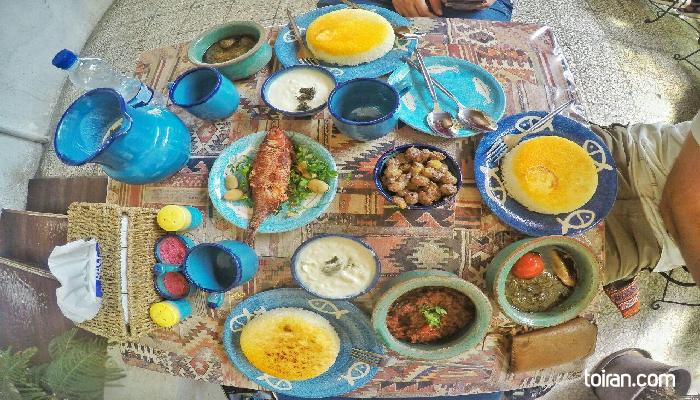Our cities
Explore each city’s unrepeatable delights and mysteries with your own eyes. Learn about the unique history and tales of you preferred city with its landscapes and sites, and much more…
- Abadan
- Abarkooh
- Abyaneh
- Ahvaz
- Amol
- Arak
- Ardabil
- Ardakan
- Astara
- Babol
- Babolsar
- Bam
- Bandar Abbas
- Bandar Anzali
- Birjand
- Borazjan
- Boroujerd
- Bushehr
- Chabahar
- Chalous
- Damghan
- Dezful
- Gorgan
- Hamadan
- Ilam
- Isfahan
- Jiroft
- Kashan
- Kerman
- Kermanshah
- Khorramabad
- Kish
- Lahijan
- Mahan
- Mahmoud Abad
- Maku
- Mashhad
- Meybod
- Naein
- Nour
- Nowshahr
- Oraman
- Qazvin
- Qeshm
- Qom
- Rafsanjan
- Ramsar
- Rasht
- Sanandaj
- Sari
- Semnan
- Shahr-e Kord
- Shahroud
- Shiraz
- Shush
- Shushtar
- Sirjan
- Tabriz
- Tehran
- Tonekabon
- Urmia
- Yasuj
- Yazd
- Zahedan
- Zanjan
Rasht
Rain City, Food City
Rasht is one of the largest most populated cities in Northern Iran and the capital of Gilan Province. Located 300 kilometers from Tehran, Rasht borders the Caspian Sea in the north, the cities of Amlash and Astaneh-ye Ashrafiyeh in the east and northeast, Siahkal in the southeast, Roudbar in the south, Shaft in the southwest, Sowme'eh Sara and Fouman in the west and Bandar Anzali in the northwest.
The city has a humid subtropical climate with hot and humid summers and cold and wet winters. Rasht is one of the wettest cities in Iran and is known as “Rain City” for the its number of rainy days.
According to some historical accounts, the city was originally built in the Sassanid era (226-651 CE) but did not find importance until the Safavid era (1501–1736) when it began to flourish under Shah Abbas (1571-1629). Rasht was occupied by Russian and later British forces in WWI when it became the birthplace of the Forest Movement (1914-1921) which sought to restore Iranian sovereignty.
Some of the city’s historical attractions include the open-air Rasht Bazaar which dates back to the Safavid era, Safi Mosque as the oldest house of prayer in the city, Rudkhan Castle which was originally built in the Sassanid era and later became an Ismaili stronghold, the tiered city of Masouleh which is nearly 1,000 years old, Mirza Kouchak Khan House and Museum, which was the residence of the fierce Forest Movement leader and nationalist hero and is now a museum, Mirza Kouchak Khan’s Mausoleum, Gilan Rural Heritage Museum which was founded by moving and reassembling nine villages from across the province to Sarvan Forest Park in order to preserve the traditional architecture and agriculture of Gilan.
Saqalaksar Village and Dam with its countless natural attractions, Hajji Bekandeh district where visitors can stay in suites and beach cabins, experience rural life and enjoy a host of beach sports, Sangar Dam Lake with its picturesque view, Masouleh’s Ali Zakhouni Mineral Spring and Zemzemeh Mineral Spring which are reported to have therapeutic waters good for lung and kidney problems as well as digestive tract ailments, and Eynak Lagoon which is located deep in the heart of Rasht are part of the city’s allure for nature enthusiasts.
Because the popularity of Gilan cuisine Rasht has earned the nickname “Food City” at home. Rasht has also found international recognition as one of UNESCO’s creative cities of gastronomy because of the use of local spices, ingredients such as fish, herbs and legumes, and cooking utensils and methods to create ancient recipes handed down through generations.
Rasht
Rain City, Food City
- Population
639,951
- Coordinates
37.2682° N, 49.5891° E
Top things to do:
Top foods to try:
- Torsheh Tareh or Sour Herb Stew – A dish made from finely chopped herbs (spinach, coriander, parsley beet greens, dill and chives), fresh garlic, turmeric, bitter orange juice, and eggs, served with Kateh (Caspian sticky rice).
- Baqala Qatoq- A delicious combination of cranberry beans, dill, eggs and turmeric, garnished with saffron and served with Kateh.
- Mirza Qasemi- A dish made with fire-roasted eggplant, tomatoes, garlic and eggs. This dish is served with sticky rice or bread.
- Bamboo Weaving
- Chadorshab Weaving (multipurpose, multicolored sheet)
- Chamoosh Douzi (handmade, embroidered leather footwear)
- Elaborate Woodwork and Engraving
- Handmade Wooden Dishes and Utensils
- Handwoven Wool Products (socks, gloves, scarves)
- Kilim
- Rashti Douzi (crochet embroidery)
- Rice Straw Brooms
- Morvar Bafi (multicolored baskets and bags made from local reed)
- Pottery
- Wicker products
- Wood Girih
- Astara, Iran
- Astrakhan, Russia
- Kazan, Russia
- Kutaisi, Georgia
- Multan, Pakistan
- Rasht district, Tajikistan
- Sarajevo, Bosnia and Herzegovina, Schwaebisch Hall, Germany
- Trabzon, Turkey
- None

